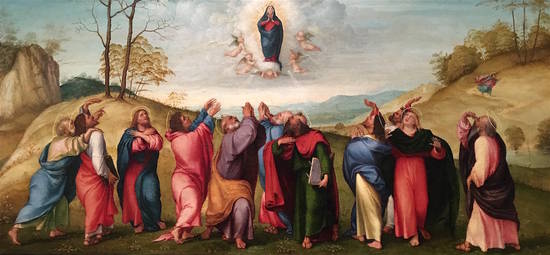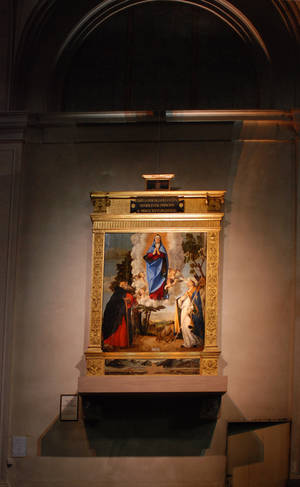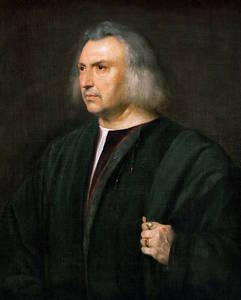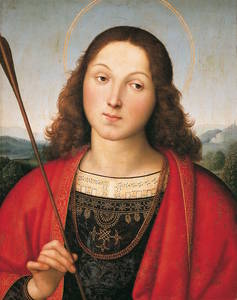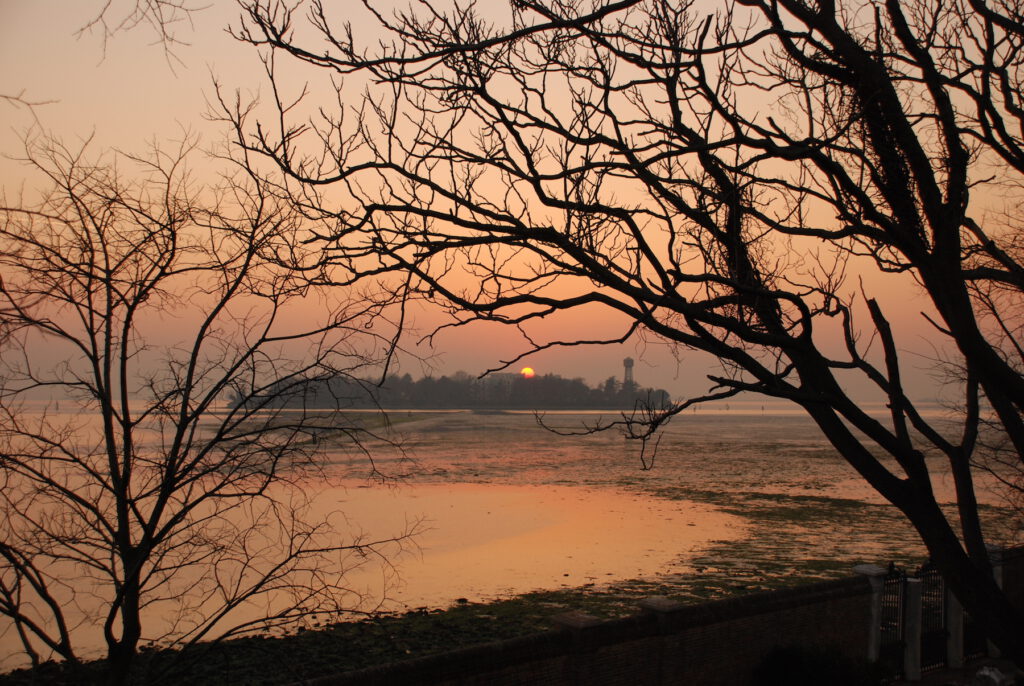
The Venetian Republic had to take steps to contain infection in the city as early as the 15th century. Their dependence on trade, bringing merchant ships from the East, meant that they were particularly vulnerable to the spread of disease (just as we are told today that globalisation has favoured the spread of Coronavirus). Venetians held that the ease of infection could well be attributed to flying particles in the air, a theory confirmed by scientists many centuries later.
The Venetians were able to make use of some of the islands in the lagoon, either for isolation hospitals or as quarantine stations. The 12th-century pilgrims’ hospice on the island of Lazzaretto Vecchio was taken over by the Augustinian monastery of St Mary of Nazareth in 1423 and became the first-known permanent isolation hospital in Europe. The name Lazzaretto is a corruption of ‘Nazareth’, with a secondary etymology from Lazarus, patron saint of lepers. A lazzaretto or lazaret came to be a general term for a quarantine station. Right up until the 18th century those who were confined on Lazzaretto Vecchio would stand on the bank looking towards Venice at sunset each evening and sing the Te Deum together in thankfulness for their escape from contagion.
Perhaps the most interesting of the Venetian quarantine islands is Lazzaretto Nuovo. Local archaeologists and volunteers have restored some of its buildings and carried out excavations and the island is open to visitors on certain days. In the centre of the island is the Tezon Grande (one of the largest public buildings in Venice, more than 100m long), which was used to decontaminate ships’ merchandise. The goods were fumigated outside, using rosemary and juniper, or soaked in salt water in specially-constructed canals, or covered with vinegar. The splendid wood roof has been restored and the original brick herring-bone pavement survives. On the walls are some interesting inscriptions made by sailors in the 16th century. Some 200–300 sailors, merchants, and travellers could also be housed in isolation on Lazzaretto Nuovo, in small cells built against the perimeter wall, each with its own kitchen, fireplace and courtyard (in old prints the island can always be identified by its forest of Venetian chimneys). Today the island is inhabited by herons, cormorants, swamp hawks, kingfishers and egrets. A sea dyke has been constructed to the west, in an attempt to protect it from acqua alta, and a pilot project has been carried out close to the landing-stage which demonstrates that water can be purified by plant biology. The island also has its own website and a full description of what you can see there is given in our Blue Guide Venice. Ironically, research work for the next edition of Blue Guide Venice was interrupted a few weeks ago by the Coronavirus outbreak.
Another island, San Clemente, housed a quarantine station for overseas visitors until it became a large monastery in 1645. The island of Sacca Sessola (pictured above) was occupied by a hospital until 1980. San Lazzaro degli Armeni, and island just off the Lido, was used from 1182 as a leper colony and after occupation by the Benedictines was given to an Armenian Catholic monastery in 1717.
All visitors to Venice will be familiar with the church of Santa Maria della Salute, which stands guard at the entrance to the city, right at the beginning of the Grand Canal. It was built in 1631–81 in thanksgiving for deliverance from the plague of 1630–1, which had claimed the lives of some thirty percent of the population (46,000 people). The Doge visited the Salute annually on 21st November, in a procession across a pontoon of boats from San Marco. Every year on the same date this Venetian festival is still celebrated and crowds throng to the church to receive a votive candle.
by Alta Macadam







